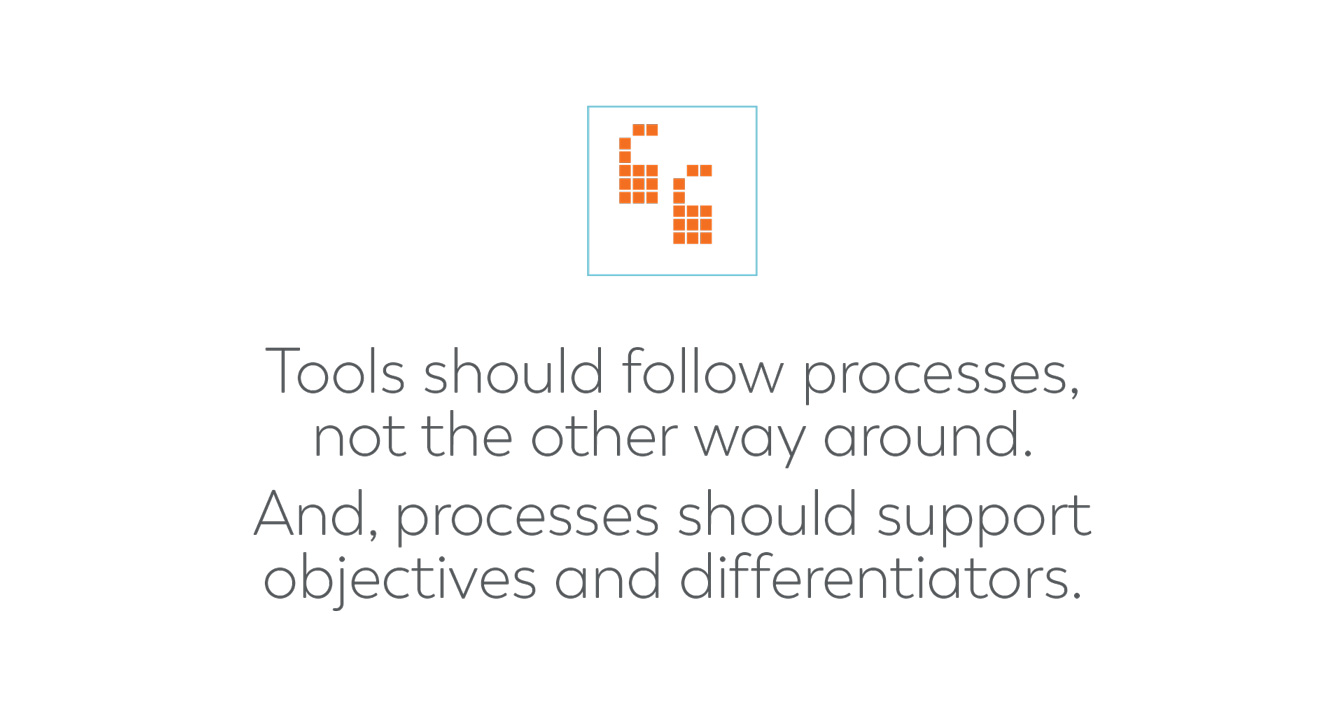Reducing Caregiver Burnout
What experience and research tell us about solving home care’s greatest cause of turnover.
One of the key takeaways from our latest research, Closing the Satisfaction Gap in Senior Care’s Workforce, was the explosive impact of burnout on fueling turnover. More than 30 percent of the nursing workforce cites burnout as the primary driver of their plans to change jobs in the next 12 months. And, burnout is hitting earlier in careers, with 40 percent of caregivers in the 1-6 years of experience range claiming this level of exhaustion.
But, exactly what is burnout, what contributes to burnout and how can providers address it? Our research and experience with home care providers across the country show burnout has multiple dimensions. MAC Legacy President and CEO Marcylle Combs and I discuss burnout and other workforce issues on the latest episode of our podcast, Transcending Home Care.
Based on our work, here are the four most impactful actions employers can take today to impact burnout in their organizations:

1. Develop mid-level leaders – Mid-level leaders are the face and voice of an organization to the caregiving workforce. Their ability to connect with, support and encourage caregivers impacts employee engagement. And, it’s been well-documented that engaged employees drive success, growth and better outcomes (Gallup, April 2013).
Yet, most mid-level leaders are promoted into their jobs not for their ability to build teams but for their technical competencies and personality. So, how do we develop mid-level leaders that build strong teams? The Center for Creative Leadership cites six key skills middle managers need:
- Thinking and Acting Systematically
- Resiliency
- Communication
- Influence
- Learning Agility
- Self-Awareness
Out of curiosity, I did an informal straw poll of the three dozen-plus nurses in my personal and professional network to see what, if any, training or development they received in these areas. Roughly two out of every 10 nurses said they had some form of training in communications, situational agility or dealing with difficult people or situations. Most of that training was in the form of either a chapter or two in a college class or an in-service session tailored to their specific area of clinical specialty.
Few organizations seem to offer an ongoing curriculum to develop mid-level leaders in these six key skills, though fantastic low-cost training solutions abound.

2. Codify a consistent internal communications framework – An excellent internal communications framework creates connection threads across the organization between its strategic plan and the work individuals do. That thread is built through consistency in the touch points between team members and the various parts of the organization.
Some essential elements of an internal communications framework include:
- Weekly or bimonthly 1:1 conversations between each supervisor and each member of their team
- Weekly or bimonthly team huddles to discuss and solve common problems (hospice IDG meetings are an excellent example)
- Monthly or quarterly all-hands meetings to provide updates on organizational performance and priorities
- Quarterly function-specific newsletters (clinical team or social work team newsletters, for example)
Many organizations did a great job with these frameworks during the pandemic but have since let the consistency lag as staffing got leaner and other challenges took priority. But, every organization we have worked with that has improved engagement and turnover has consistently maintained these practices. I don’t see a path to improvement without them.

3. Optimize processes and tools to create your own model – Frustration with processes and tools is often one of the first things we hear when surveying and interviewing teams. The root of the problem isn’t necessarily the tool itself, it’s how the tool fits into the organization’s overall objectives and the person’s specific job. Often, 70 percent of the function of the tool makes sense, but the remaining 30 percent is a burnout trigger because it makes no sense and takes a lot of time.
Providers tend to buy off-the-shelf software and processes from vendors, thinking the vendor will help them customize it to get it just right for their needs. But, the vendor isn’t part of your organization and no two organizations are exactly the same.

Tools should follow processes, not the other way around. And, processes should support objectives and differentiators. Design processes that amplify your organization’s differentiators and objectives, then document the specific needs of the tool with the teams impacted by the tool before talking with software vendors. Take the time on deployment to customize the solution to your process (again, with the ultimate users of the tool involved) and your team will experience less frustration.
For example, AuthoraCare Collective cut their turnover rate to low double digits by leveraging their mission to honor individual stories and goals into their performance assessment and talent development model. Another organization, Caring Senior Service, has put their focus on supporting clients and caregivers with seamlessly integrated and thoughtfully designed technology. The company has used a mix of custom-developed software and customized third-party solutions to fuel their experience model.

4. Leverage all available resources to support staff – Employees have higher expectations of employers than ever before. As Simon Sinek recently put it, employees need you to be their therapist, parenting coach and financial advisor, as well as their mentor, career coach, problem solver and advisor on the technical aspects of their job. This is more than any one person can handle. Organizations are finding great success leveraging community supports to help their people with challenges that transcend the job.
One great resource, Achi Solutions, assesses workforce needs through a social determinants of health lens to help providers connect with resources in their own community to support their teams.
Burnout truly is a multidimensional challenge. The four action items covered here are some of the most common areas for impact we’ve seen in the research and used in our consulting work. But, sustained results require an understanding of your particular workforce. If your team is struggling with burnout, Transcend is here to help. We offer workforce research and assessment services, and we develop custom action plans your team can implement with or without our help. To learn more, email me at stephanie@transcend-strategy.com.









